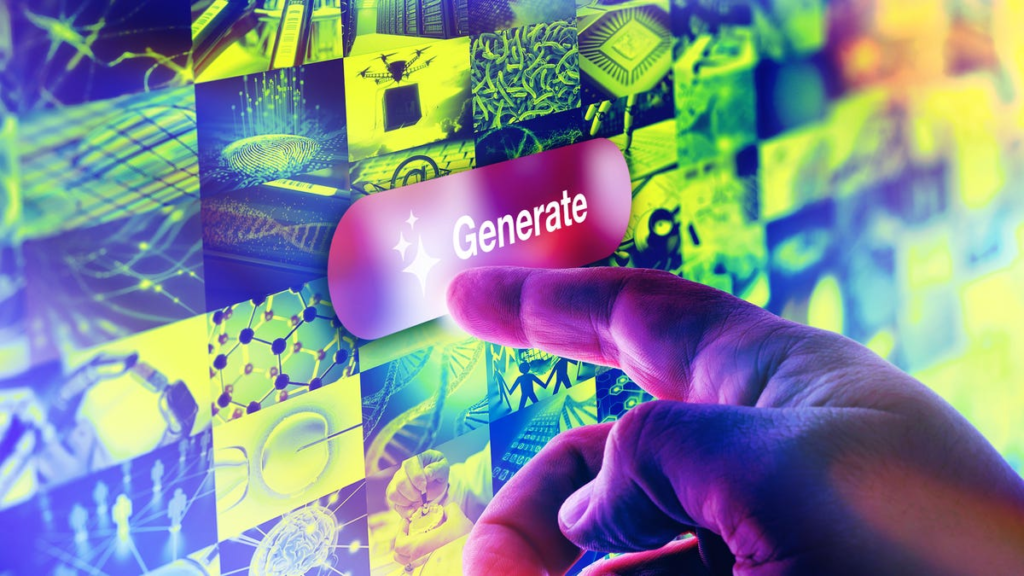Accuracy is an important factor to consider when evaluating AI image generators. Accuracy in this case refers to how well a service matches your prompt and how clearly elements and details are rendered. For example, a service that closely matches the sci-fi/fantasy spaceship scene described in a prompt would be considered accurate, as would a service that generates a picture of a human with a clear expression.
On the flip side, hallucinations, or the way AI makes stuff up, are also important to consider. Hallucinations for AI images tend to be seen in the weird quirks or flaws that you didn’t request, like people with three arms or disappearing elements. Creativity is an inherent necessity of an AI image generator, but hallucinations are obvious flubs, not whimsical or non-realistic style elements. All AI image generators run into these problems, but great AI services have them less infrequently and offer editing tools ready to fix them.
The number of clarifying prompts required indicates how much work you’ll have to put into getting the image you want. If you can’t follow up with an edit or additional request, that can be a red flag or annoyance to look out for. Generators that adhere closely to prompts and offer editing tools make it easier to bring your vision to life.
Response speed is also important to consider. Most image generators are pretty quick, less than two minutes or so. Services that can generate images quicker than that, between 10 and 30 seconds, bring an edge to their user experience.

